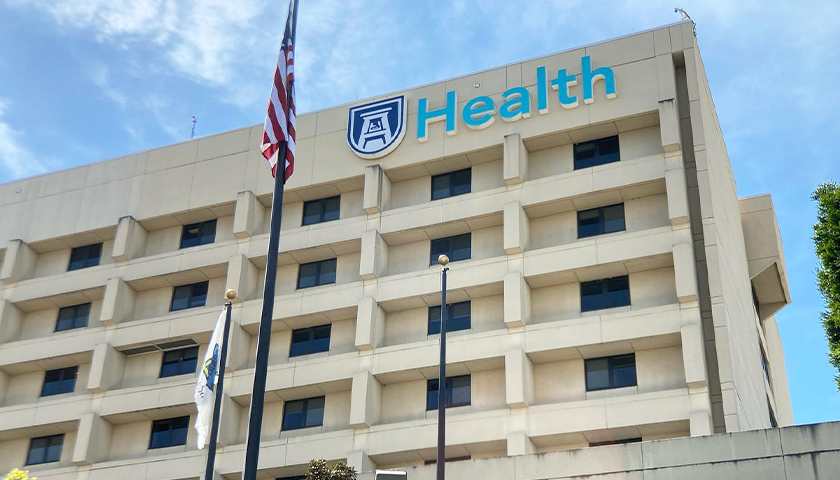Gone are the rigid regulations for school lunches championed by former first lady Michelle Obama.
U.S. Secretary of Agriculture Sonny Perdue has other ideas in his quest to “Make School Meals Great Again,” as touted in a May 1 news release.
“This announcement is the result of years of feedback from students, schools, and food service experts about the challenges they are facing in meeting the final regulations for school meals,” Perdue said in the news release. “If kids aren’t eating the food, and it’s ending up in the trash, they aren’t getting any nutrition – thus undermining the intent of the program.”
There will still be a focus on nutrition, including serving fruits and veggies, but pressure will ease up on using only whole grains and a push to lower sodium levels is on hold. There also will be more options for milk.
Schools in Bowling Green, Kentucky, are celebrating the changes.
Gina Howard, who oversees Warren County Public Schools’ food service, told the Bowling Green Daily News that her district has met the stringent requirements but has had problems making the food appealing to children.
“An example would be macaroni and cheese,” she told the Daily News. “In the South, this is considered a comfort food, but made with whole grain macaroni there is no ‘comfort’ to it. Another example is saltine crackers. The cost for whole grain saltines from our distributor is four or five times the cost of regular saltines.”
Perdue, a former governor of Georgia, also had something to say about school lunches in the South, where some schools want to serve grits.
“The whole grain variety has little black flakes in it, and the kids won’t eat it,” Perdue said in the news release. “The school is compliant with the whole grain requirements, but no one is eating the grits. That doesn’t make any sense.”
The decline in school lunch participation has meant reduced revenue for schools while they simultaneously have faced increased costs, Perdue said.
“I was talking to some folks in Washington about this, and they said that the current program is working. ‘How do you know?’ I asked. They said it’s because 99 percent of schools are at least partially compliant. Well, only in Washington can that be considered proof that the system is working as it was intended,” Perdue said.





